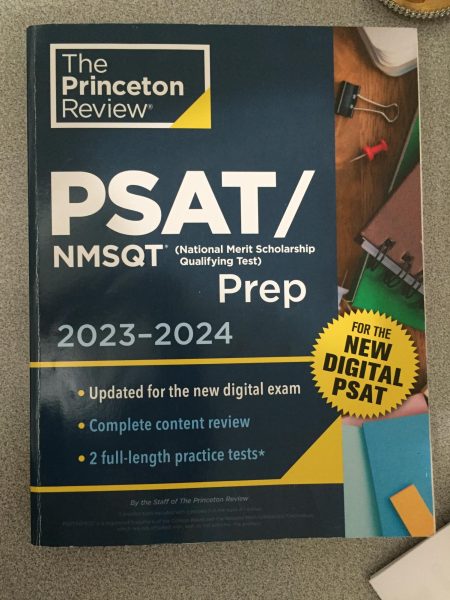‘There is nothing either good or bad, but thinking makes it so.’ -’Hamlet’ by William Shakespeare
Shakespearean tragedy captivates readers
TO READ (OR NOT TO READ). Seniors in AP English Literature and Composition are currently in the middle of reading William Shakespeare’s tragedy “Hamlet.” They are analyzing the role of revenge in the play as well as the development of Hamlet and the characterization of women. “The kids seem to enjoy and get a lot from the play. As a teacher, there are lots of elements for me to work with; I can play movie adaptations, have the kids make videos and enact the play, and much more,” said Mr. Tom Gaffigan, AP Literature teacher.
“This above all: to thine own self be true,/And it must follow, as the night the day,/Thou canst not then be false to any man,” said the loyal servant Polonius to his son in playwright William Shakespeare’s “Hamlet.”
Seniors in AP English Literature and Composition are certainly trying to be true to themselves. They have begun reading the Shakespearean tragedy.
“At first I was hesitant about ‘Hamlet.’ After all, I didn’t enjoy ‘Romeo and Juliet’ when we read it during freshman year. But so far, I’m actually liking the play.
“I can understand the motives behind the characters better – ’Romeo and Juliet’ was too overdramatic – and it just seems more plausible,” said Lavanya Konda, 12.
The famous play traces Prince Hamlet as he struggles with himself after his father’s death. There are multiple pieces that are threaded through the piece, with the main one being the idea of revenge.
The students have read different articles and studies regarding revenge and are applying what they have learned to the play.
“I actually inherited ‘Hamlet’ from the senior AP classes when I began teaching and had no problem continuing the tradition. The play is a cultural touchstone, a hyper-literary piece that should have more awareness among people.
“And I have found that it is really enjoyable,” said Mr. Tom Gaffigan, AP Literature teacher.
They have also discussed the role of women, debating over whether the female characters were weak or strong.
“Some of the characters drive me nuts, and I still want to see some die. But there is a lot we can learn from them,” Konda said.
As the students continue reading, they are taking notes about the development and progression of young Hamlet’s character, analyzing his soliloquies in particular. A soliloquy is when a character expresses his or her thoughts to the audience when by him or herself.
The goal is to gain a better understanding and appreciation for the work.
“To be, or not to be: that is the question,” as the famous line from “Hamlet” goes.
Your donation will support the student journalists of Sycamore High School. Your contribution will allow us to purchase equipment and cover our annual website hosting costs.




![Mock Trial members from Gold and Green team last year pose for a picture in front of the OCLRE building in Columbus. "We all put in so much work [last] year. I know [this] year we’ll come back improved and ready to win!” said Ogunbodede.](https://shsleaf.org/wp-content/uploads/2025/10/IMG_4121-600x411.jpg)


